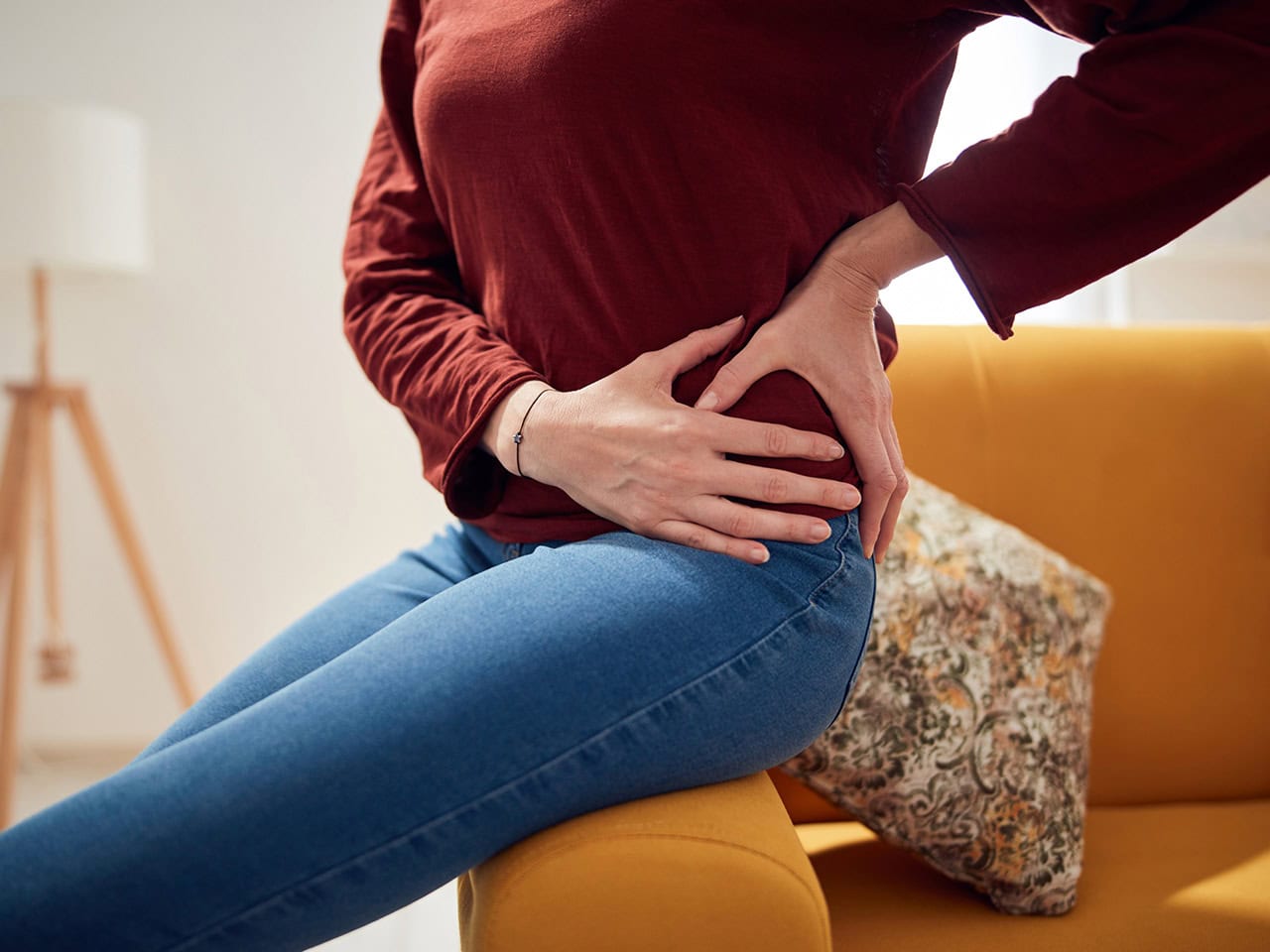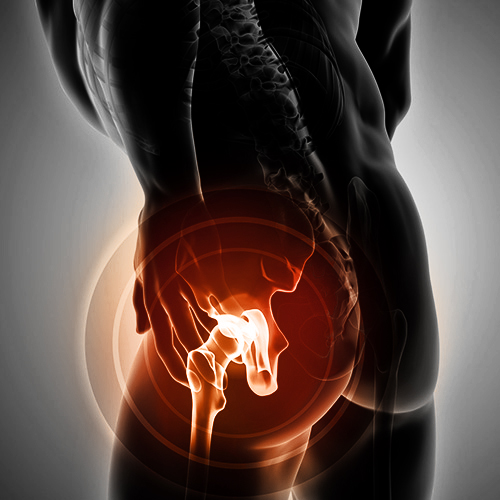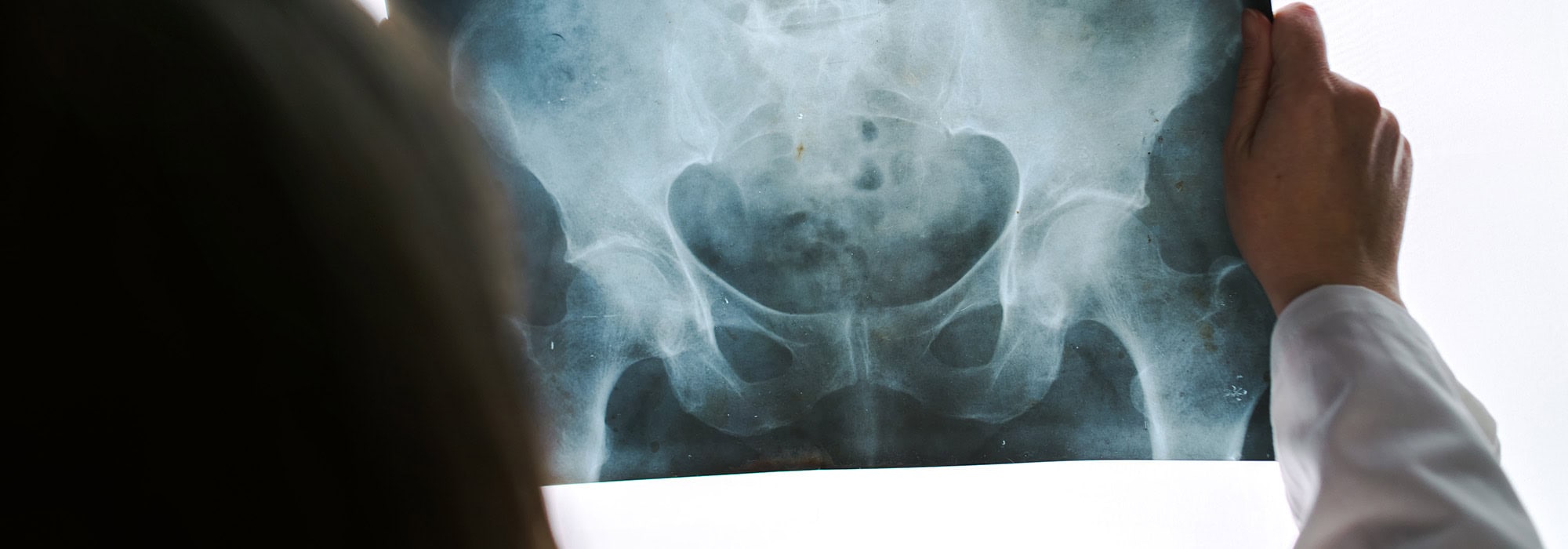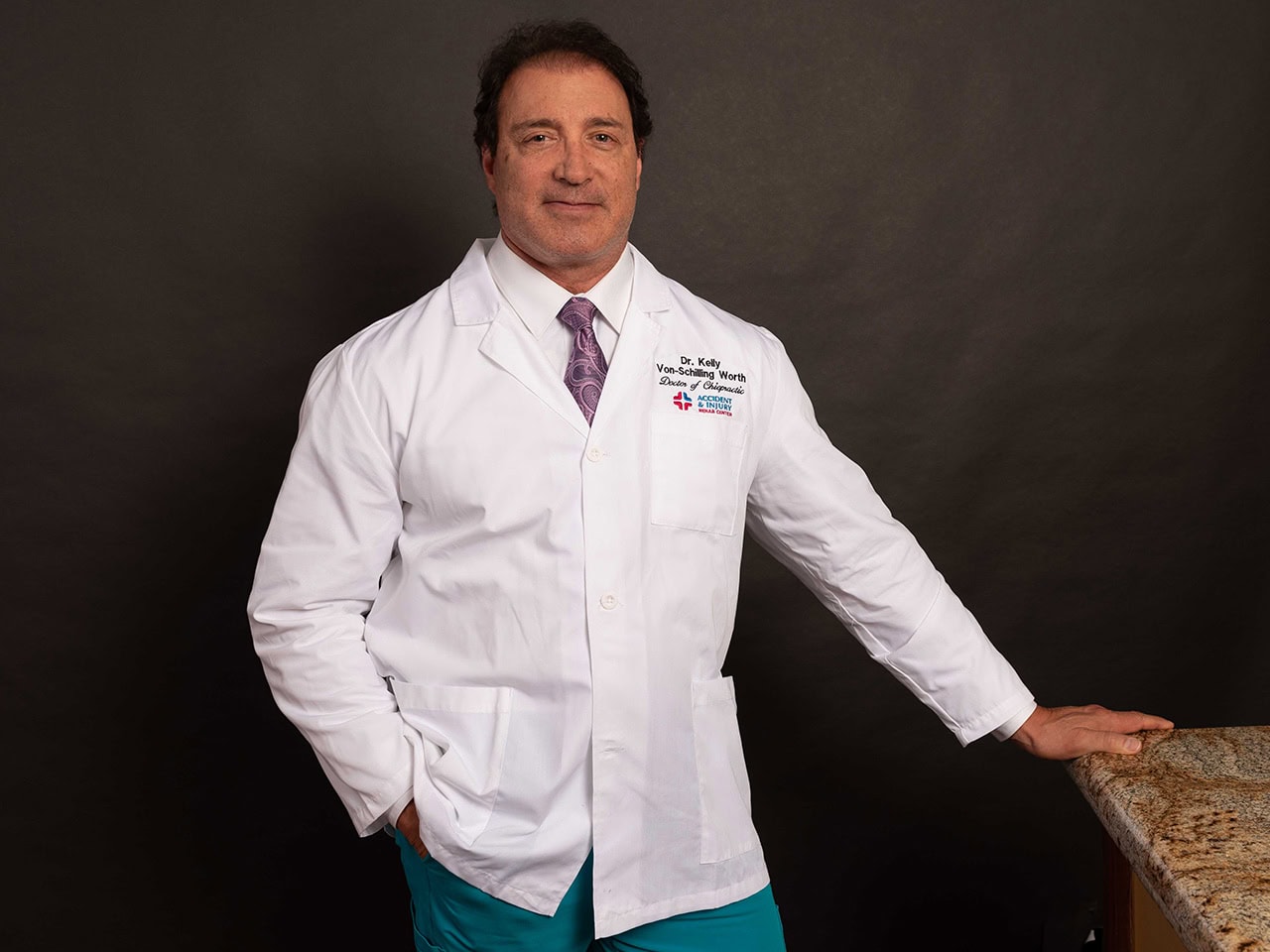
Hip pain is a widespread concern that affects individuals of all ages, but it can be particularly debilitating for those who have suffered a hip injury in an accident. Whether from a car crash, a fall, or another type of accident, the impact on the hip joint can result in acute pain, decreased mobility, and long-term complications if not treated properly. In the aftermath of an accident, hip injuries may lead to challenges in performing even the simplest daily activities, like walking, standing, or sitting. This can significantly affect a person’s overall quality of life and emotional well-being.
At Accident and Injury Rehab Center, we understand the unique challenges faced by individuals recovering from hip injuries caused by accidents. Our team specializes in diagnosing the root causes of hip pain, whether from a fracture, dislocation, soft tissue damage, or other traumatic injuries. We take a comprehensive approach to treatment, addressing not only the physical pain but also the impact an injury can have on a person's independence and mental health.
We provide tailored rehabilitation programs to restore function, reduce pain, and prevent injury. Our services include personalized physical therapy, advanced pain management techniques, and guidance on post-injury care to ensure a safe and effective recovery. Whether your hip injury is recent or ongoing, we are committed to helping you regain strength, mobility, and confidence so you can return to the activities you love with less pain and more freedom.
Accident and Injury Rehab Center recognizes that recovering from a hip injury involves more than just managing pain—it requires a holistic approach to restoring mobility, strength, and function. Physical therapy is one of the most effective ways to ensure a successful recovery. Whether you’re recovering from a fracture, arthritis, muscle strain, or any other type of hip injury, physical therapy is an essential component of your rehabilitation journey.
Physical therapy is a tailored and dynamic treatment method designed to improve the mobility and strength of the hip joint, decrease pain, and help you regain independence in performing daily activities. Our team of skilled physical therapists works closely with you to assess your specific needs and injury type, developing a personalized rehabilitation plan that targets the root cause of your discomfort while supporting overall recovery.





The hip joint is one of the largest and most important joints in the body, providing stability and mobility. It plays a crucial role in supporting the upper body's weight while allowing for a wide range of movement, including walking, running, and sitting. Because the hip joint is constantly in use, it is vulnerable to various injuries, especially after a traumatic event like an accident.
Hip injuries can range from mild strains to severe fractures, all of which can significantly affect mobility, daily activities, and overall health. Understanding the different types of hip injuries, their symptoms, causes, and treatments is key to ensuring proper care and a successful recovery. Here are some of the most common types of hip injuries:
Hip fractures are among the most serious and common injuries, particularly in older adults, but they can also occur due to accidents, such as falls, car crashes, or sports injuries. A fracture occurs when there is a break in the bone structure of the hip, often affecting the femoral neck, the area just below the ball of the ball-and-socket joint.
A hip dislocation occurs when the ball of the femur is forcibly pushed out of the hip socket. This injury is less common than fractures but can occur in high-impact accidents, such as car accidents or sports-related injuries.
The hip labrum is a cartilage ring that follows the outside rim of the hip socket, providing stability and cushioning for the joint. Damage to this cartilage, often due to repetitive motion, injury, or structural abnormalities in the hip joint, causes a labral tear.
A sprain occurs when the ligaments (the tissues connecting bones) are stretched or torn, while a strain affects the muscles or tendons. Both can result from overuse, sudden movement, or an impact during an accident.
Bursitis refers to inflammation of the bursae, the small fluid-filled sacs that cushion the bones, tendons, and muscles around the hip joint. This condition can result from repetitive motion or direct trauma, such as an accident or injury.
The hip flexors are a group of muscles responsible for bending the hip joint. These muscles can become strained or torn due to overuse, sudden movements, or accidents that cause intense stress on the muscles.
While osteoarthritis (OA) is often considered a degenerative condition, it can also develop or worsen after a traumatic injury to the hip. OA occurs when the cartilage within the hip joint wears away, leading to pain, stiffness, and inflammation. It is a common cause of chronic hip pain, especially after an accident that causes joint damage.
With over 5 decades of collective experience, our staff brings a wealth of wisdom and insight to your injury treatment and medical documentation that supports your legal claim. Our experience and caring approach allows us to provide thorough treatment to address your injuries and get you on the road to recovery.
Double Board Certified Chiropractic Neurologist and Chiropractic Internist
Doctor of Physical Therapy
Chiropractic and Radiological Technician
The primary goal of physical therapy is to manage and reduce pain associated with hip injuries. Our physical therapists can help alleviate discomfort and promote healing through targeted techniques such as manual therapy, joint mobilizations, and modalities such as heat or cold therapy. In addition, physical therapy addresses muscle imbalances and poor joint mechanics, which can exacerbate pain and contribute to further injury.
Stiffness and a limited range of motion are common challenges after a hip injury. Physical therapy uses specialized exercises to stretch and mobilize the hip joint, helping to restore its flexibility and function. These movements reduce tightness and improve joint lubrication, which is vital for pain-free movement.
The muscles surrounding the hip joint—such as the glutes, quadriceps, and hip flexors—play an essential role in stabilizing the joint and supporting movement. A hip injury often weakens these muscles, leading to instability and further stress on the joint. Physical therapy helps rebuild these muscle groups through strengthening exercises, improving joint stability, and reducing the risk of re-injury. Strengthening the muscles around the hip also enhances balance and coordination, which can help prevent falls, especially in individuals recovering from fractures or dislocations.
Balance and coordination are often impaired following a hip injury, particularly fractures, dislocations, or surgeries. Physical therapy incorporates specific balance exercises and proprioceptive training to enhance the body’s ability to maintain stability during movement. This is especially important for reducing the risk of falls, which can further complicate recovery, particularly in older adults or those with more severe injuries.
The ultimate goal of rehabilitation is to return to normal daily activities without pain or limitation. Physical therapy focuses on improving functional movements like walking, bending, standing up from a seated position, or climbing stairs. By simulating real-life movements during treatment, your physical therapist can help you regain the necessary strength, mobility, and confidence to perform tasks safely and efficiently.
Physical therapy not only aids in recovery but also plays a preventive role. Physical therapy can reduce the likelihood of recurring injuries by addressing the underlying causes of your hip injury, such as poor posture, incorrect movement patterns, or weakness in supporting muscles. Your therapist will also educate you on posture correction, body mechanics, and strategies to protect your hip joint during physical activities, helping to maintain long-term joint health.
In addition to professional treatment, several home remedies can help alleviate hip pain and stiffness:
While some hip pain can be managed at home, it’s important to recognize when professional medical attention is needed. In these cases, early diagnosis and intervention are crucial for effective recovery. You should consult with a healthcare provider if:

Our experienced physical therapists utilize a range of techniques tailored to your specific injury and needs:
At Accident and Injury Rehab Center, we work collaboratively with you and your healthcare providers to ensure a comprehensive, integrated recovery plan. Our physical therapists take the time to understand your injury, lifestyle, and goals, allowing us to create a treatment plan that is both effective and realistic. Whether you're dealing with an acute injury or a chronic condition, we are committed to helping you achieve the best possible outcome.
Physical therapy is critical to the healing process for hip injuries. It addresses the immediate symptoms and plays a crucial role in long-term recovery by improving strength, mobility, and overall quality of life. At Accident and Injury Rehab Center, we’re here to guide you every step of the way to ensure that you regain full function, minimize pain, and return to your daily activities with confidence.
Don't wait for your symptoms to worsen if you’re experiencing hip pain or discomfort. Reach out to Accident and Injury Rehab Center today to schedule an appointment and begin your journey toward recovery. Our team of professionals is here to help you understand your condition and provide the best treatment options for your needs.
